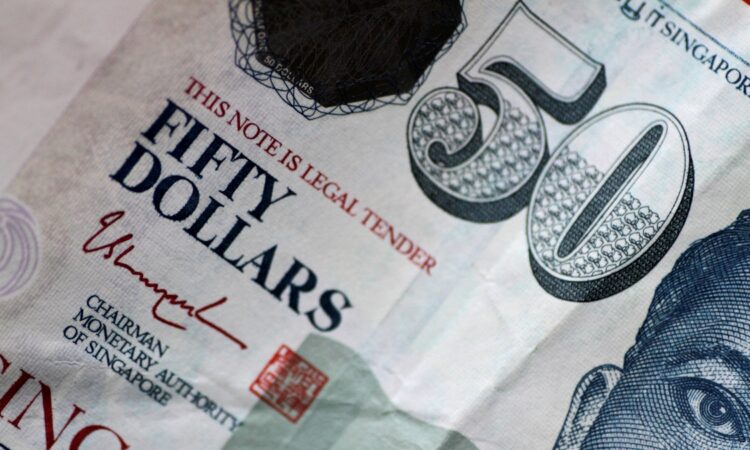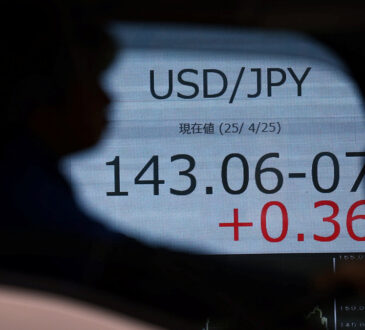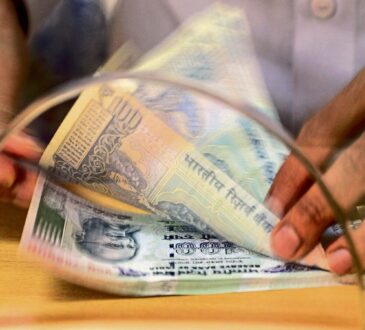
Bearish Bets on Asian Currencies Surge as U.S. Rate Cut Hopes Fade

In an illuminating development, a recent Reuters poll revealed a rise in bearish bets on the majority of Asian currencies. This shift in investor sentiment is largely due to dwindling expectations for an imminent U.S. Federal Reserve rate cut. Previously, speculation of easing U.S. monetary policy had bolstered emerging market currencies by diminishing the allure of the dollar. However, the global financial community now appears to be recognizing the endurance of inflation pressures, raising possibilities of the Fed maintaining or even elevating interest rates to counteract these issues. Consequently, currencies such as the South Korean won, the Malaysian ringgit, and the Thai baht have experienced an increase in bearish positions.
The Changing Tides of Investor Sentiment
The change in sentiment reflects a significant shift in the global financial landscape. Investors are becoming increasingly cautious, closely scrutinizing economic indicators and communications from central banks to predict the future direction of interest rates and their subsequent impact on currency valuations. The transition in betting patterns offers a stark illustration of the interdependence of global financial markets and the paramount role U.S. monetary policy plays in shaping currency dynamics across the Asia-Pacific region.
An Exception in The Sea of Bearish Bets
While bearish bets became more entrenched for most Asian currencies, the Indian rupee stood as a notable exception. Bullish bets on the Indian currency emerged for the first time in half a year, buoyed by the central bank’s intervention, the prospect of a stable government, substantial fund inflows, and the country’s debt poised to be a part of key global indexes. This reversal in trading positions signals the first instance of bullish sentiment towards the rupee since late July 2023.
Increased Bearish Bets on Low-Yielding Currencies
Despite the promising outlook for the Indian rupee, currencies like the Malaysian ringgit and the Thai baht, which yield less, are likely to continue facing pressure. Market participants demonstrated the greatest bearish sentiment towards the Malaysian ringgit, intensifying their short bets on the Chinese yuan, Indonesian rupiah, South Korean won, and the Philippines peso. This development comes as authorities in Thailand and the Philippines start advocating for rate cuts to alleviate price pressures, highlighting the complex dynamics at play in the global financial markets.




